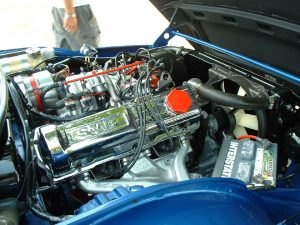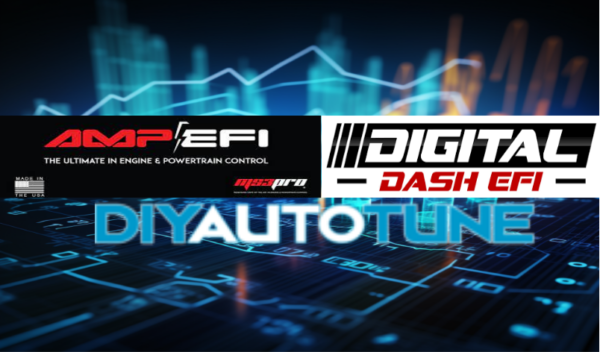Bosch’s D-Jetronic was the first commercially successful automotive electronic fuel injection, original equipment on many European cars like the Porsche 914 pictured above. Today, many owners are looking to upgrade to more tunable EFI systems, like MegaSquirt, or just trying to replace broken and unobtainable parts. We’re not sure what engine management the 914 in the lead photo is running, but we couldn’t resist the Anatole Lapine tribute paint scheme on this racer we photographed at the 2016 Mitty.
When converting a D-Jetronic equipped engine to MegaSquirt, the biggest question is what original parts you can reuse. Like many systems that were the first to market, many components in the D-Jetronic system do not function in the ways that later became industry standards.
First: You’ll normally want to replace many of the sensors with more modern components. The MAP sensor is a variable transformer, and the TPS is a pulse generator instead of a variable resistor. The temperature sensors are more conventional: Many D-Jetronic temperature sensors used the same sensor calibration as later Bosch engine management, letting you reuse your factory coolant and air temperature sensors. You will want to check the sensors’ resistance before ordering. Swapping in brand new GM style temperature sensors is another option.

The fuel system does not need to be changed out. The fuel pump and pressure regulator work in the same way as modern systems, and there’s no need to swap these out. In fact, many of the fuel system parts originally developed for the D-Jetronic, such as the Bosch 044 fuel pump, are popular upgrades on some later cars.
The fuel injectors are low impedance, so you will need a MegaSquirt that supports low impedance injectors (MS2 V3.0 or V3.57, or an MS3Pro Ultimate, for example) or use external current limiting methods like dropping resistors or a peak and hold driver box. Alternatively, you can upgrade to a more modern high impedance injector, and get a more reliable connector in the bargain, but this will require some modifications to the fuel rail since D-Jetronic injectors typically use a hose mounting.
The idle speed control is a simple thermal device. You can keep this as-is, or upgrade to either our remote mount stepper IAC kit or a ’90s era VW 2 wire IAC valve if you need more precise control.
Then there’s the question of what to use for RPM input to the MegaSquirt. The D-Jetronic system only controlled fuel, not timing, so the easy option is to have the MegaSquirt trigger off the coil and run fuel-only too. If you want to get more control, you can lock out the distributor and have the MegaSquirt control timing, or upgrade to one of our crank triggers. You do not need to use the fuel points in the distributor.

